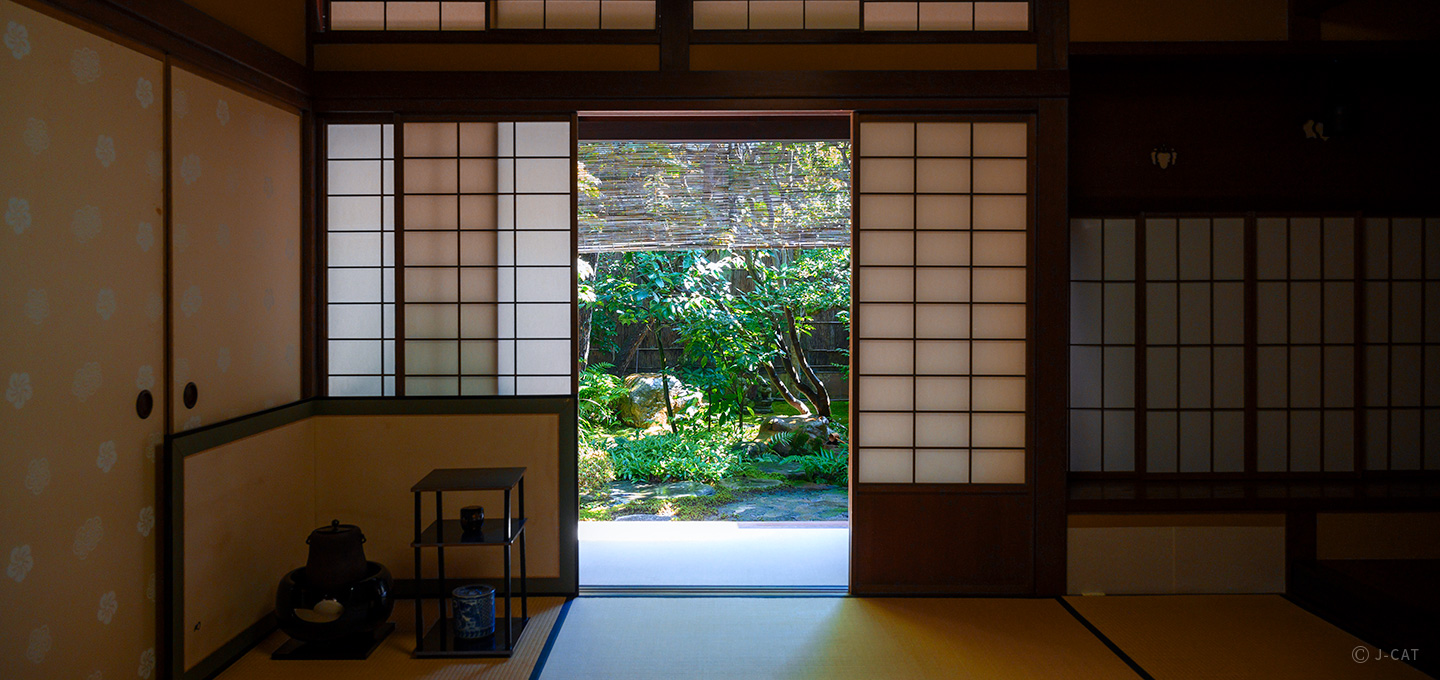
Special Experience
Kanazawa
Tea Ceremony by Urasenke Deputy Tea Master Sokyu Nara at Historic Tearoom in Kanazawa
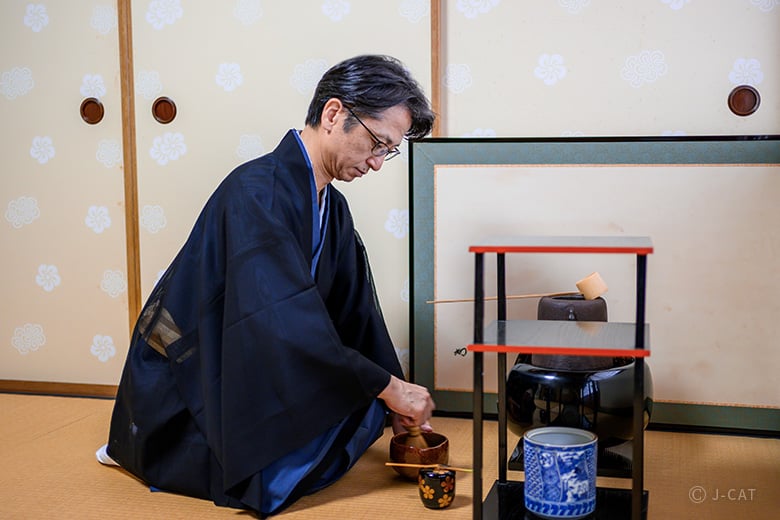
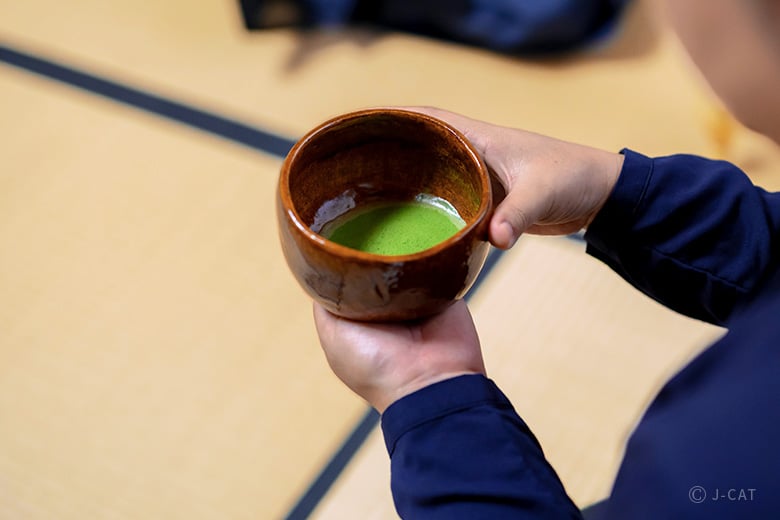
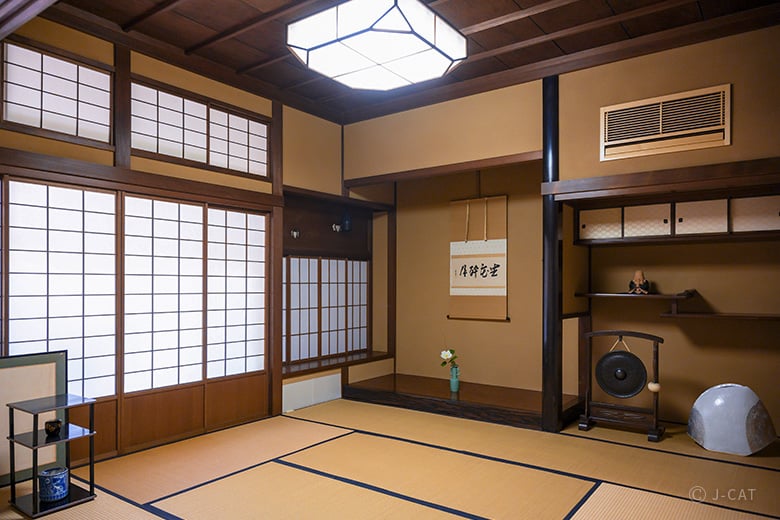
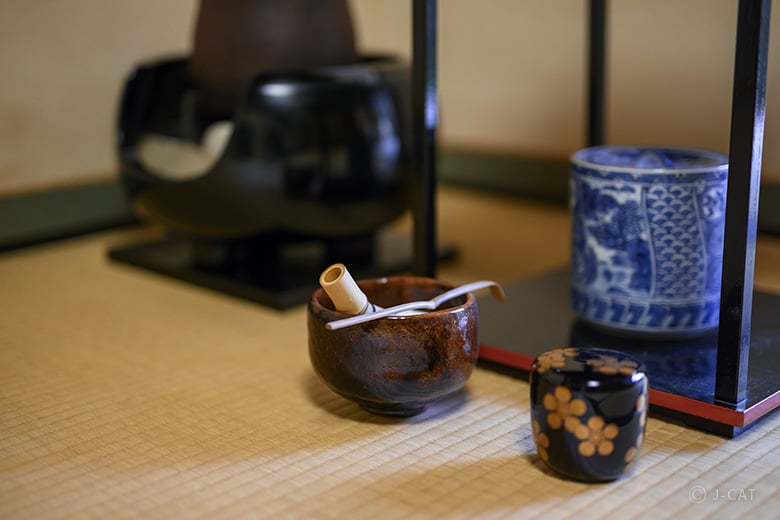
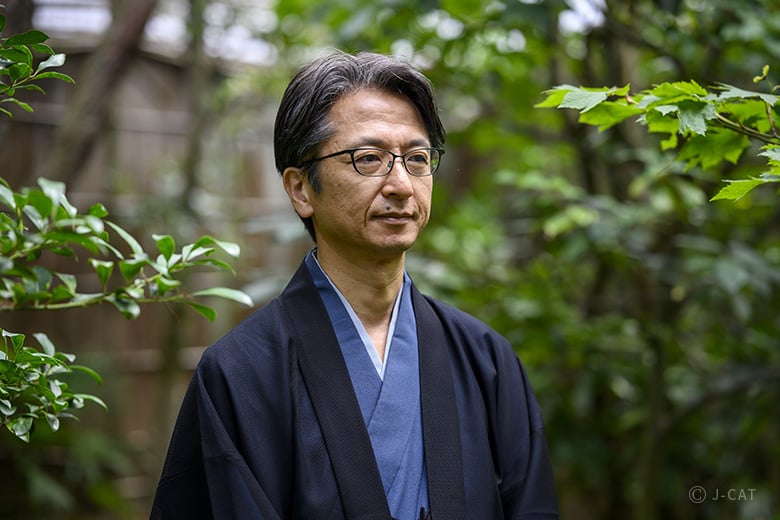
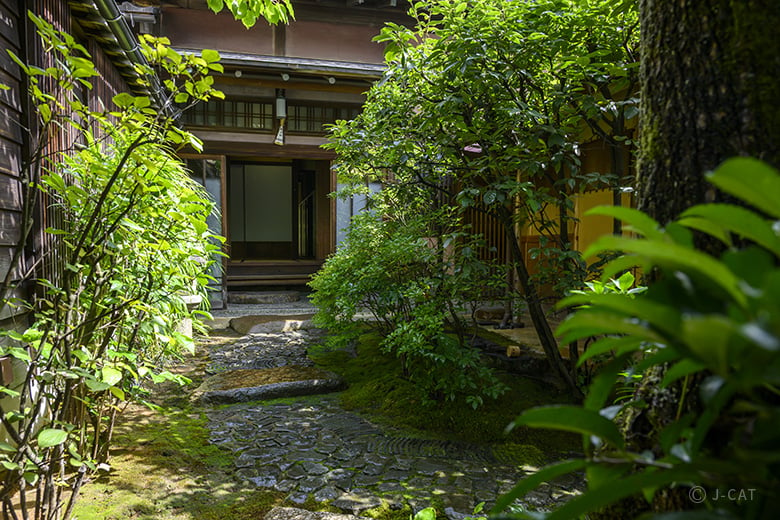
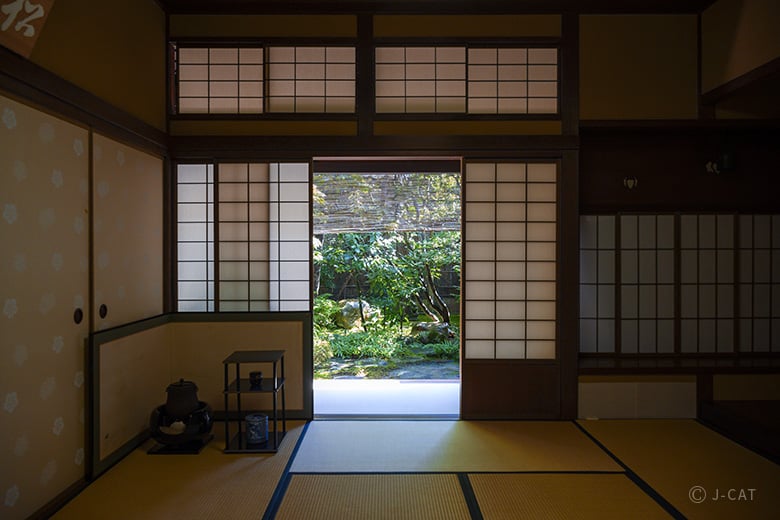
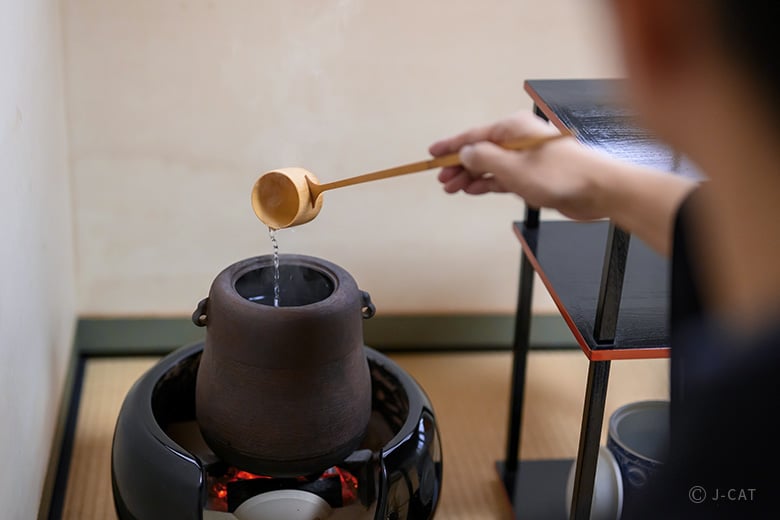
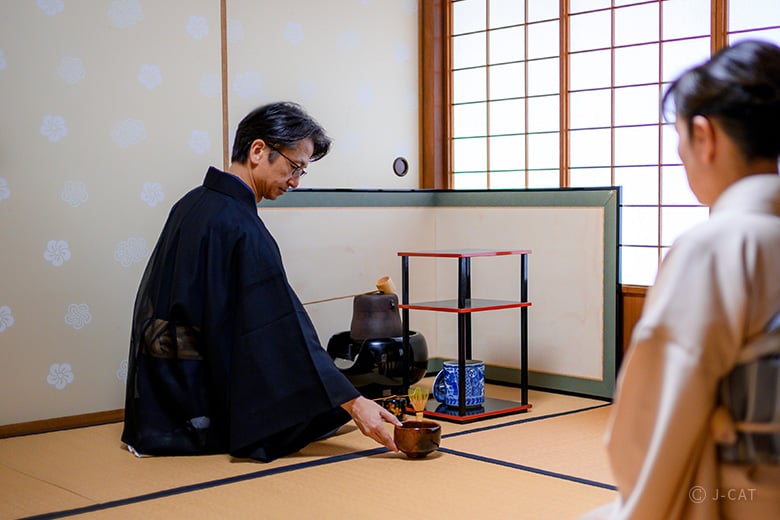
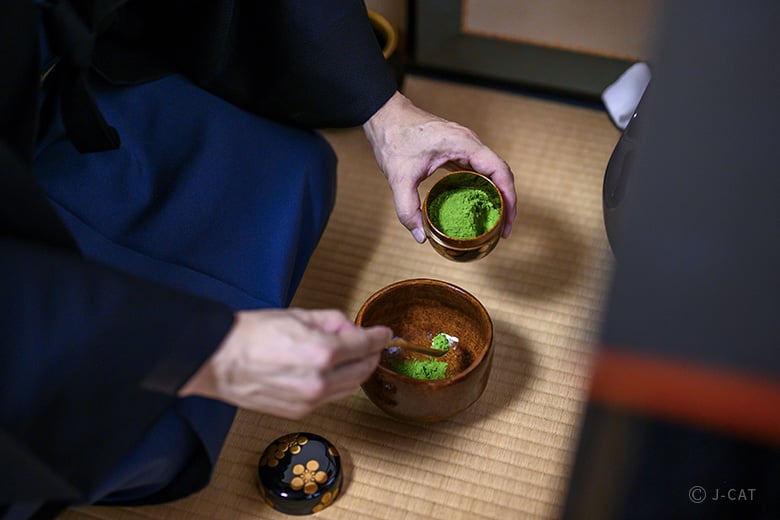
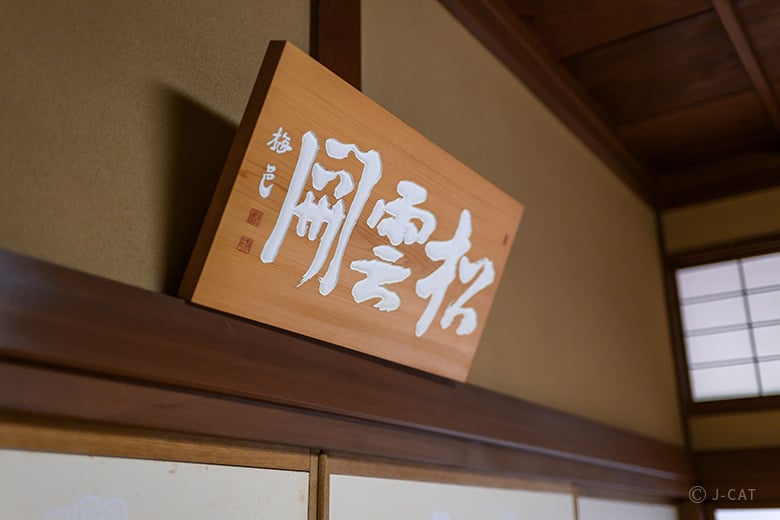
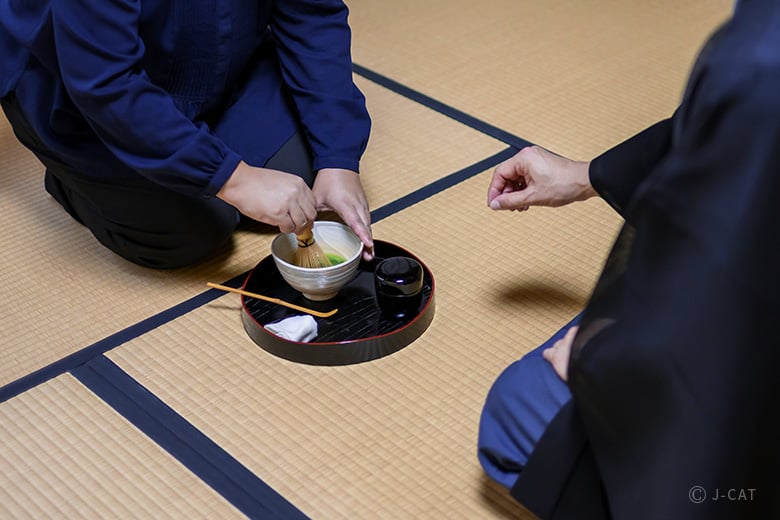
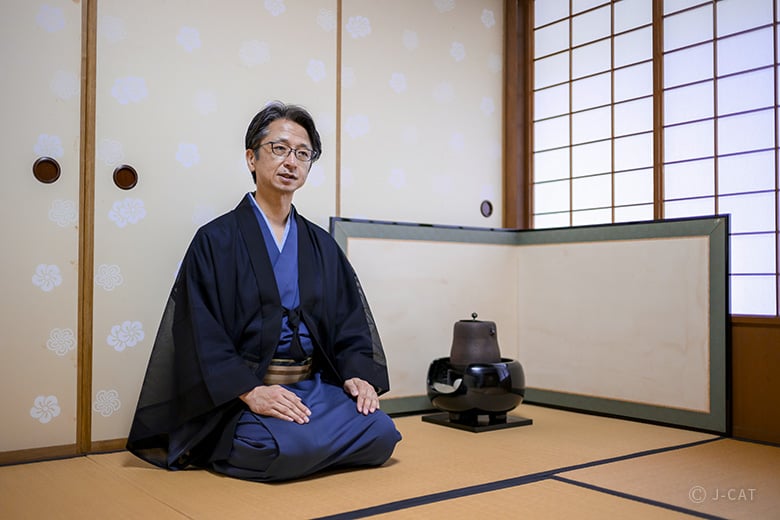
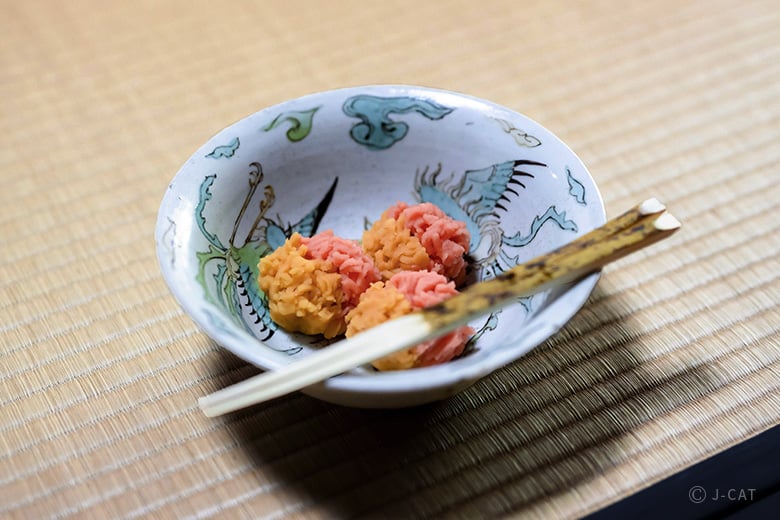
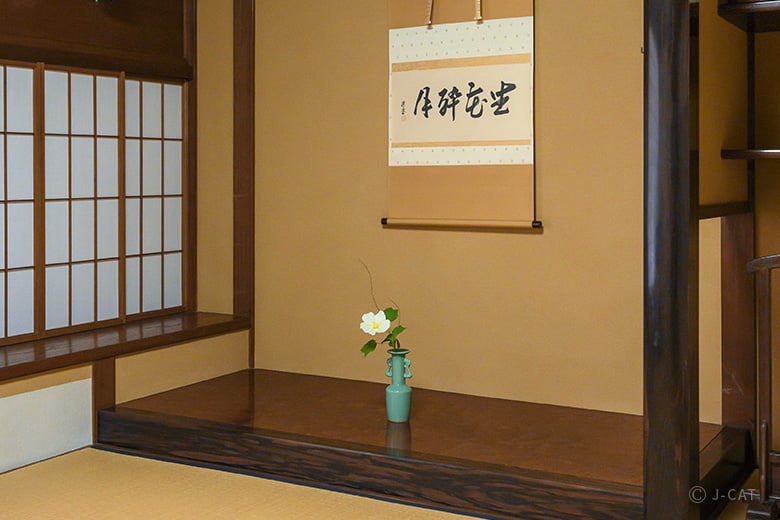
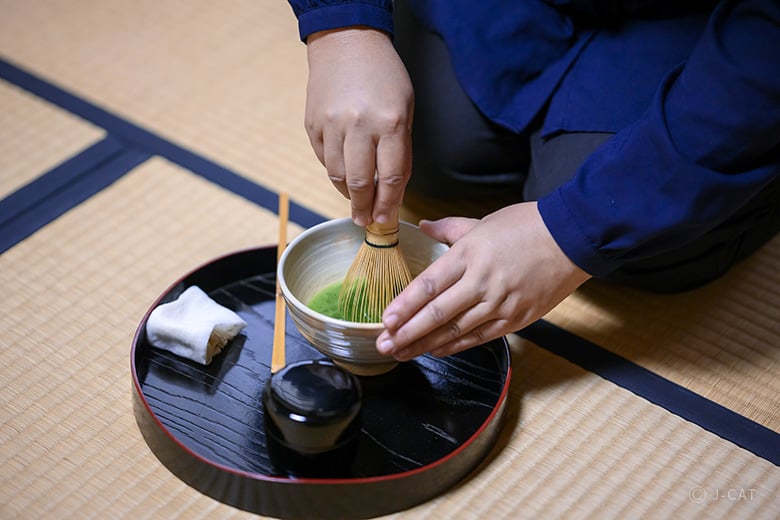
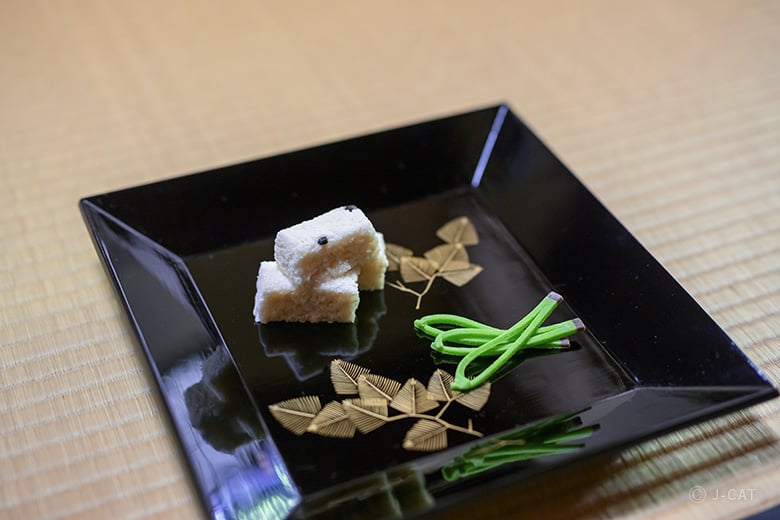
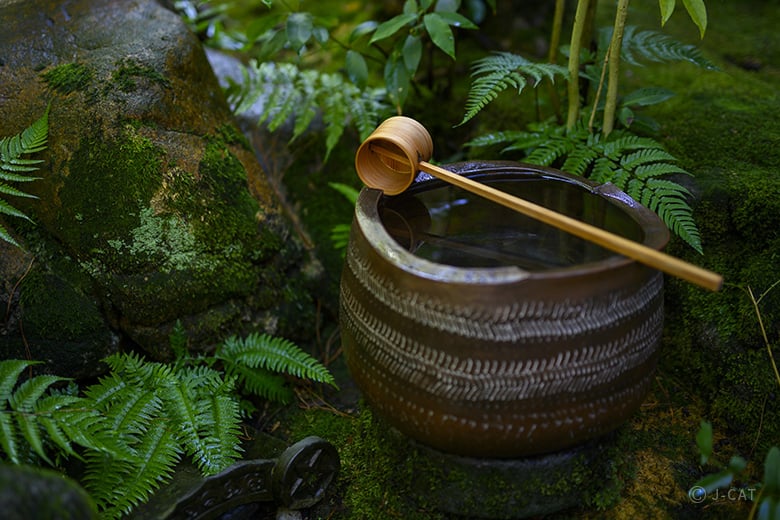
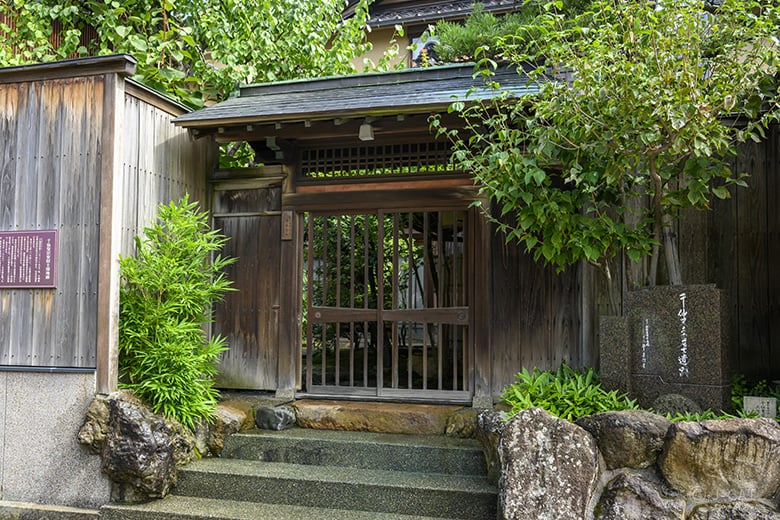
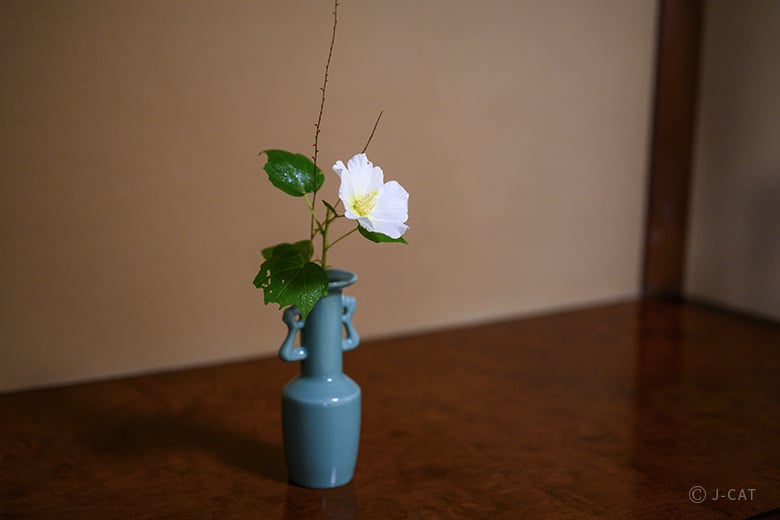




















Overview
The tea ceremony culture of Kanazawa has roots in the city’s history as the center of the feudal Kaga domain. Nurtured by generations of patronage from the domain’s samurai lords, tea ceremony here blossomed far and wide, influencing traditions of craft, cuisine, and hospitality that live on today. This Wabunka exclusive plan offers the chance to experience it at Koko-an, a teahouse associated with the very historical origins of tea ceremony, hosted by Urasenke school Deputy Tea Master Sokyu Nara, who serves directly under the grandmaster. Enjoy luxuriating in a special moment at an exclusive venue, exploring the history of tea ceremony and your own inner world while you delight in precious tools and traditional crafts.
Key Features
・An authentic ceremony held at Koko-an, the historic site at which Soshitsu Senso (great-grandson of Sen no Rikyu, the famed progenitor of the three major tea ceremony schools of Japan) introduced the wabi-cha tea ceremony to Kanazawa
・An exclusive luxury gathering for a single group of guests hosted by Sokyu Nara, deputy tea master of the Urasenke style
・A comprehensive experience of tea ceremony including its delicate hospitality, utensils, etiquette of space, and craft wagashi sweets from Ishikawa
Kanazawa
60mins
Price upon request
1 - 10 participants
Available in English
Cancel free up to 11 days prior
Details
Koko-an, a Tearoom Rooted in the History of Kanazawa Wabi-cha
The venue for this experience is the historic tearoom Koko-an, situated near Kanazawa Castle – from which the Kaga domain was once ruled. Here, the domain’s fifth lord Tsunanori Maeda invited Soshitsu Senso – fourth generation grandmaster of the Urasenke school and great-grandson of Sen no Rikyu – to serve as tea ceremony magistrate. With approximately 360 years of history and a foundational role in the tea ceremony traditions of Kanazawa, this is a holy site of Japanese tea ceremony.

Entering the tearoom through its garden gate and stone walkway
Steeped in verdant tranquility, the tearoom structure drips with the tranquil and elegant wabi-sabi simplicity tea ceremony is known for. Nara himself also has deep roots in local history – born to a family of potters producing Kanazawa’s famed Ohi ware. This is also where his grandfather, Ohi Todosai, the 9th generation head of the family’s kiln and studio, spent his twilight years. Details of space even evoke Ohi ware, including its characteristic amber-color glaze coating the room’s stone basin.

Soft sunlight through shoji screens soothes the soul
Authentic Tea Ceremony Guided by the Master Sokyu Nara
In a Wabunka exclusive, this authentic traditional tea ceremony is hosted by Sokyu Nara, deputy tea master – or gyotei – of Urasenke tea ceremony. The gyotei serves directly under the grandmaster, with a central role in preserving and disseminating the style’s traditions. Extended, rigorous training is required to reach the Zen-like mastery of the spirit and techniques of tea ceremony at this level. This is the disciplined, resolved retainer of an ancient tradition, sworn to protect and pass it on.

Born to a family of Ohi ware potters, Nara carries on that tradition as well
Nara gives instruction in tea ceremony and its culture both in Japan and overseas, and commits himself to his own studies anew each day. In recent years, he has also participated in such international exchanges as overseeing the tea room at the National Museum of Asian Art at Germany’s Humboldt Forum Berlin. In Kanazawa, Nara dedicates himself to raising the next generation of tea ceremony masters and practitioners, using Koko-an as their training space. He also teaches part time at the Kanazawa College of Art.

Disciples of Nara visit for devoted practice in the art, and to partake in tea gatherings
Joyous Moments of Heartfelt Hospitality in Tea Ceremony
Days of contemplation go into every cup of tea served in an authentic tea ceremony, as the host considers each individual guest that will participate. Sweeping the garden, maintaining the trees, incorporating the season and time of day, dressing the alcove, considering the group size and their individual preferences and choosing utensils and confectionery that will suit them and their tastes, and anointing the space with water – all of this preparation is part of the continuum of the ceremony itself.

A scroll of calligraphy by Sen Soshitsu, 16th grandmaster of the Urasenke school
With each step into this sanctified space, the clamor of daily life grows further away. Drink in its serene silence, taking in the wall scroll, flowers, and other alcove decorations that have been thoughtfully prepared. Here, the spirit of hospitality pervades all.

The natsume (matcha jar) and mizusashi (water holder), both made by famed Ishikawa Prefecture artists
The precious tea ceremony utensils are a highlight of this experience, including the Ohi ware tea bowls thrown by Ohi Todosai, the ninth head of Nara’s family kiln – and his grandfather. These works are the legacy of Osaikuji, a workshop from the time when Tsunanori Maeda still ruled as lord of the domain, which gathered master handicraft artisans from the local area. Enjoy not only viewing but also fully appreciating their splendor by actually handling them too.

Luxury soft wagashi known as namagashi made by Yoshihashi, a popular local specialty shop
Grace that Cleanses the Heart
Fulfilling the savory anticipation of arrival, the host enters to begin the ceremony. A refreshing breeze rises with the opening of the door, and the only sound in the silence is that of water boiling. The deputy tea master’s graceful movements as he prepares the tea purify the spirit.

A meaning in every movement
The spirit of tea ceremony is said to reflect “Wa-kei-sei-jaku,” an esoteric four-character kanji idiom with a rich depth of meaning. Here “Wa” means harmony between people and their space. “Kei” means humility toward all, even mere objects. “Sei” means purity, here referring to both the sanitization of the tools themselves and to the purity of heart that should be the foundation and the outcome of every tea ceremony.

Sumptuous and subtle flavors permeate the matcha
“Jaku,” finally, is quiet, mature simplicity – the synthesis of the first three. it refers to a placid state of being unperturbed by the world, and firmly rooted in one’s own heart. This is a state of mastery achieved after years of practice, but it can be shared through a meticulously prepared cup of tea in a cozy space. Here, you can come face to face with not only tradition, but yourself too.

A special chance to learn the etiquette of tea ceremony from Nara
After delighting in the host’s hospitality, try your hand at preparing matcha for yourself. Nara is at your side to instruct in proper grip and hand movement as you handle the chasen (tea whisk), in a rare opportunity to learn from the deputy tea master of Urasenke – which many longtime practitioners would envy.
Experiencing the Rich Essence of Tea Ceremony
This is an authentic traditional tea ceremony conducted in a special tearoom normally off limits to the public, one with a historic role as the birthplace of Kanazawa’s tea ceremony tradition. Luxuriate in the moment here, experiencing this tradition with all five senses.

After the august atmosphere of the tea ceremony, enjoy an informal chat with the host
In the end, enjoy a chat with Nara to share your thoughts and ask whatever questions come to mind. With his global experience and extensive knowledge of tea ceremony, traditional crafts, wagashi confectionery, flower arrangement for tea ceremony, and architecture, Nara is a living repository of expertise – so take advantage of this chat to deepen your understanding of Japanese culture. “Rich in history, culture, and craft tradition, Kanazawa is the perfect place to discover new beauty through an experience of tea ceremony,” says Nara. “I’ve devoted my life to passing on the traditions preserved by the House of Maeda and the history of the Urasenke school here.”

Senses sharpen in the serene silence
This experience is a journey far away from the mundane hustle and bustle into the truly extraordinary, and an opportunity for new discoveries in the presence of the moment. Enjoy the depth of connection with your host and other participants, as well as the spirit of hospitality, as you relax and luxuriate in tea made just for you.
Koko-an / Sokyu Nara

Koko-an / Sokyu Nara
Koko-an
The former residence of Soshitsu Senso, the fourth grandmaster of the Urasenke School and great-grandson of legendary progenitor of the three tea ceremony schools of Japan, Sen no Rikyu. Sosen served here as magistrate of tea ceremony at the behest of Tsunanori Maeda, fifth lord of the Kaga domain. Situated near Kanazawa Castle, the tearoom is also the historic site where Sen no Rikyu’s wabi-cha tea traditions were first introduced to Kanazawa. Today, Sokyu Nara labors here daily to train the next generation of tea ceremony practitioners.
Sokyu Nara
Born in Kanazawa in 1969 as the second son of potter Toyasai Ohi, Sokyu lived a life of art and craftwork, continuing even as he entered the Urasenke school in 1995. As gyotei – or deputy tea master, serving directly under the grandmaster of the style – he works tirelessly to teach and spread tea ceremony traditions across Japan and the wider world. Nara is active in a wide range of eminent pursuits, from overseeing the tearoom at the National Museum of Asian Art at Germany’s Humboldt Forum Berlin, to performing tea ceremony for Their Majesties the Emperor and Empress of Japan at the Ishikawa Hyakumangoku Cultural Festival.
Location
Koko-an
Kanazawa, Ishikawa
Request for booking
Select first preferred date (JST)
December 2025
Sun
Mon
Tue
Wed
Thu
Fri
Sat

Instant Booking

Request Booking

17
Full

17
Unavailable
Kanazawa
60mins
Price upon request
1 - 10 participants
Available in English
Cancel free up to 11 days prior
Things to know
Contact Us
If you have any questions, please contact us using the form below.
We also accept bookings from corporate clients and travel agencies.